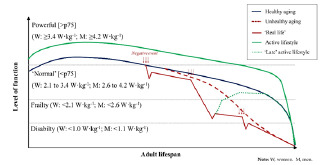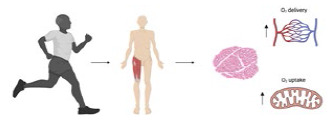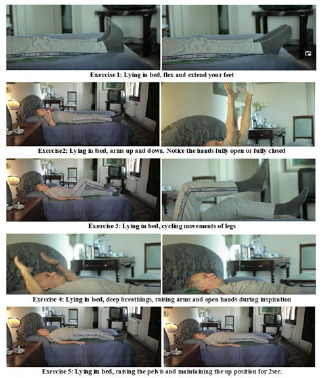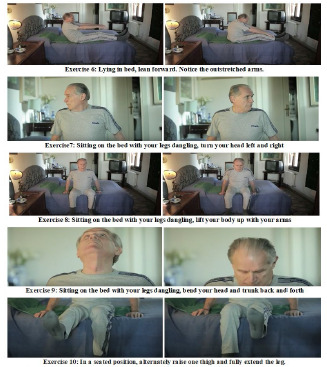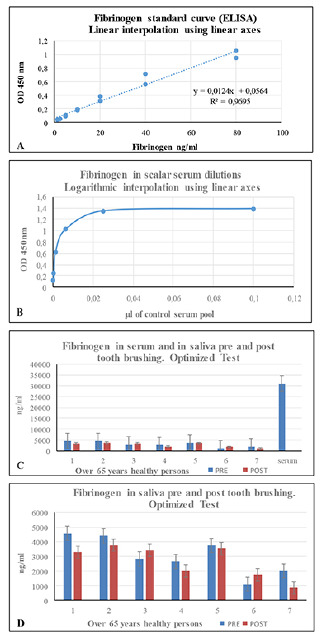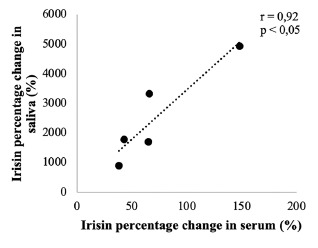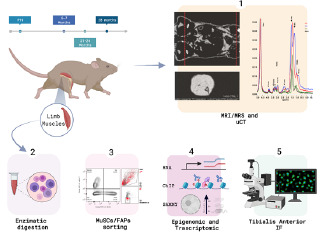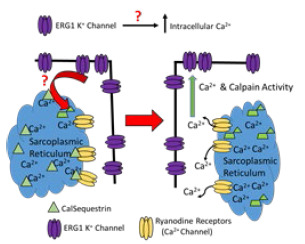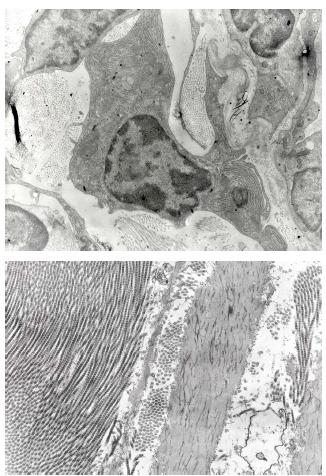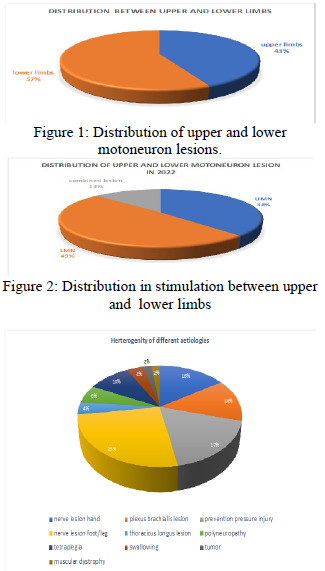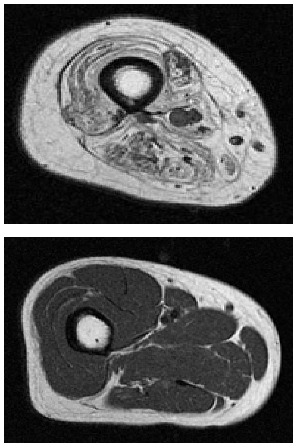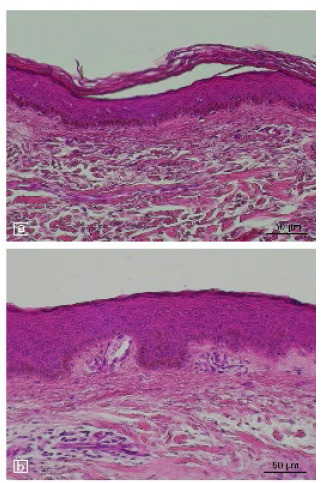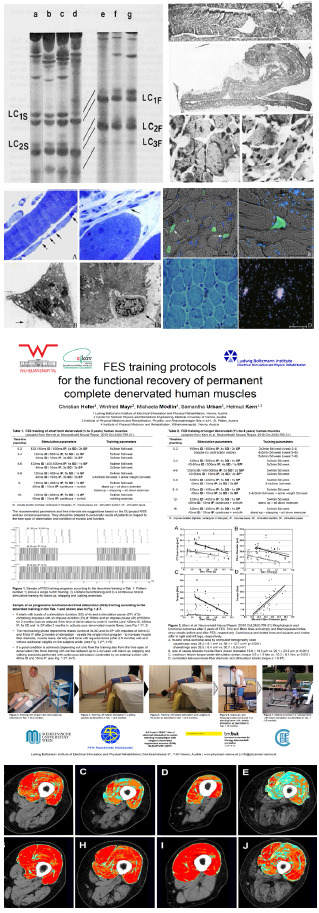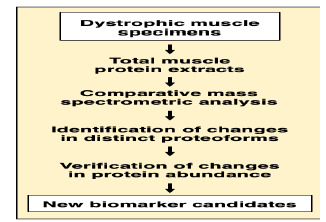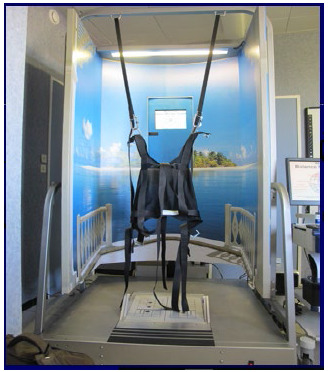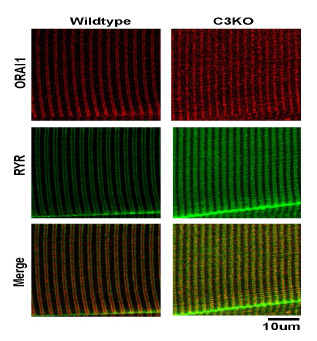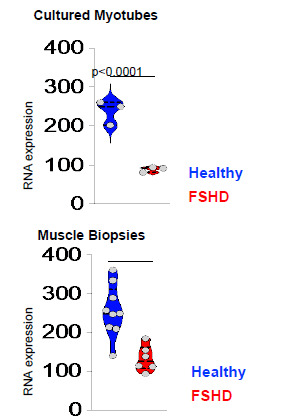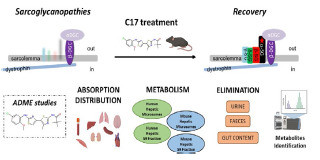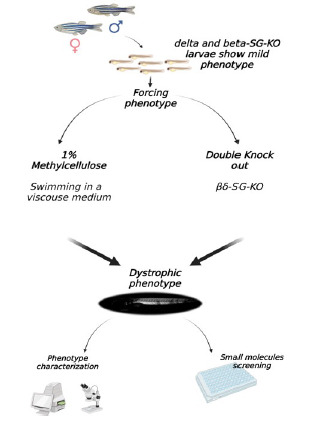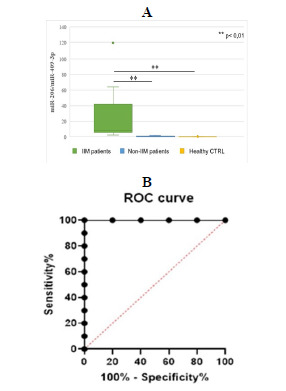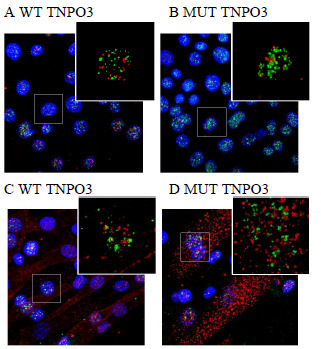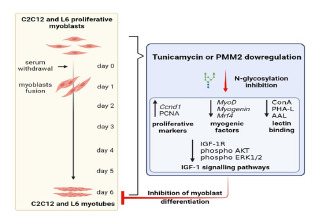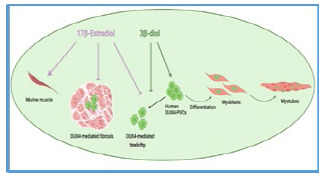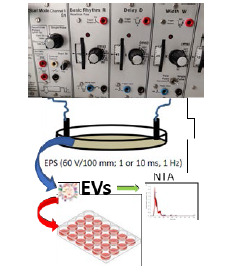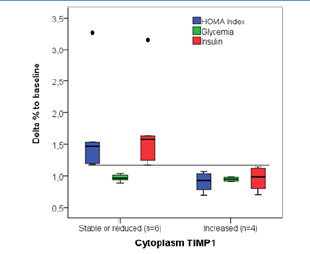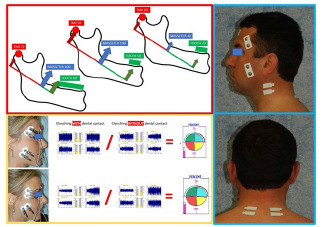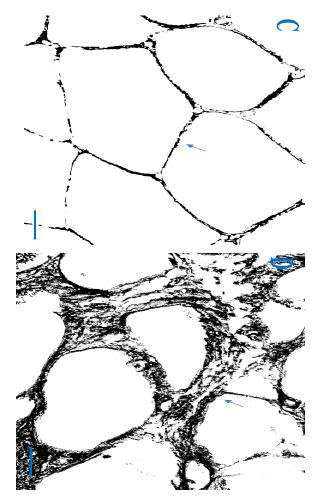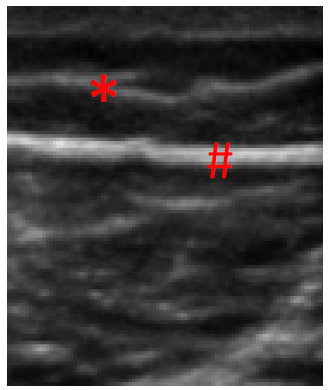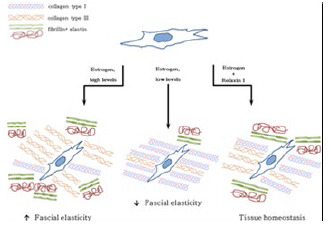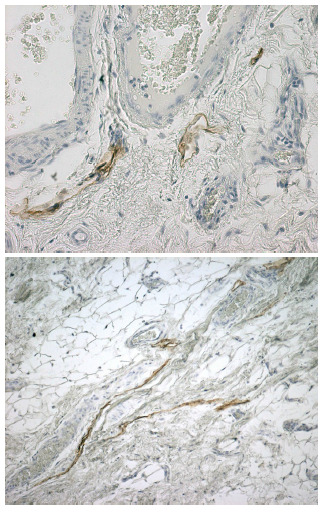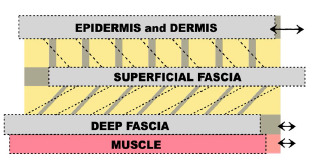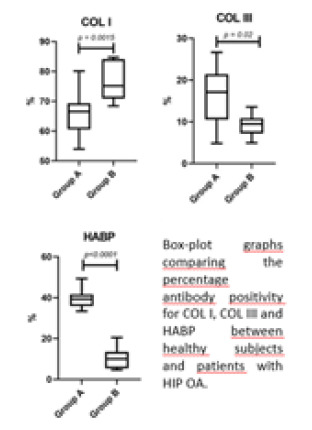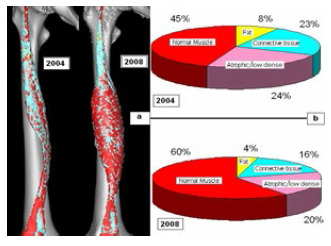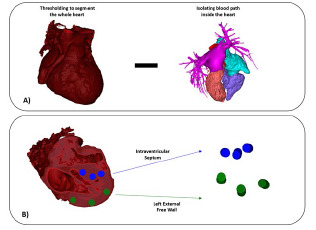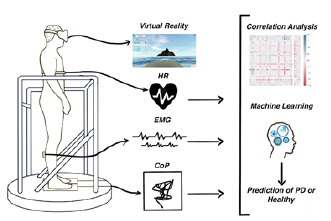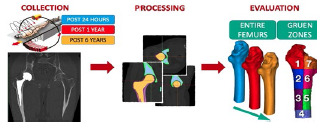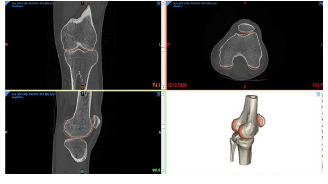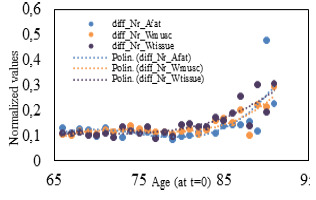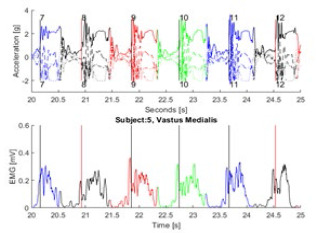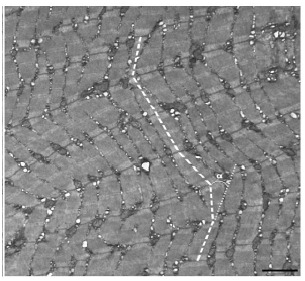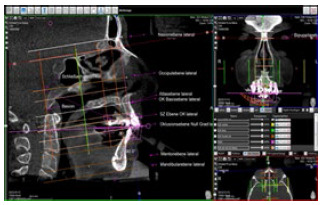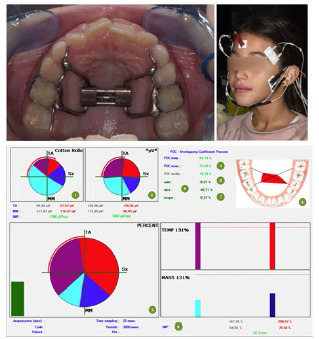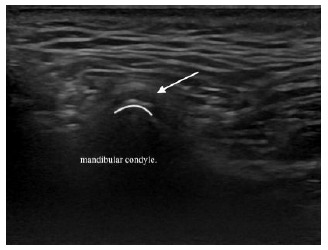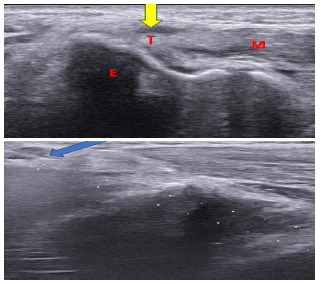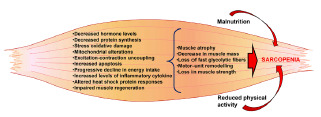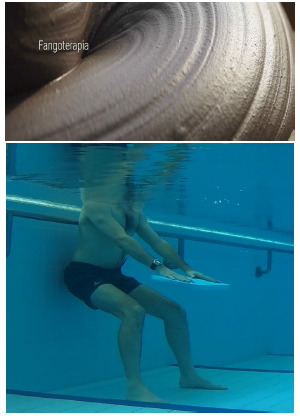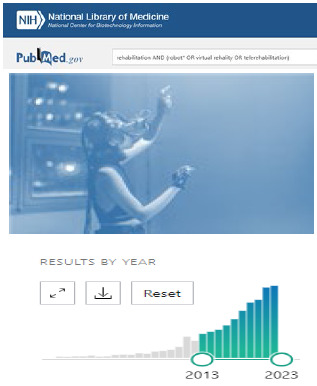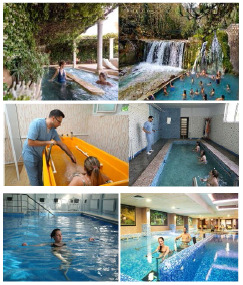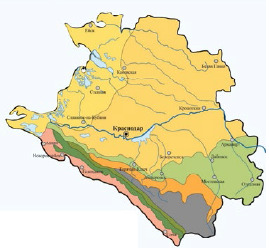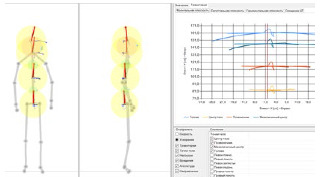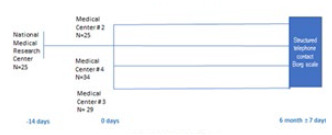Abstract
At the end of the 2022 Padua Days of Muscle and Mobility Medicine (Pdm3) the next year's meeting was scheduled from 29 March to 1 April 2023. Despite the worsening evolution of the crisis in Eastern Europe, the program was confirmed in autumn 2022 with Scientific Sessions that will take place over three full days in the Aula Guariento of the Galileian Academy of Arts, Letters and Sciences of Padua (March 29, 2023) and then at the Conference Room of the Hotel Petrarca, Thermae of Euganean Hills (Padua), Italy. Collected during autumn and early winter, many titles and abstracts where submitted (about 100 Oral presentations are listed in the preliminary Program by January 31, 2023) confirming attractiveness of the 2023 Pdm3. The four days will include oral presentations of scientists and clinicians from Austria, Bulgaria, Canada, Denmark, France, Georgia, Germany, Iceland, Ireland, Italy, Mongolia, Norway, Russia, Slovakia, Slovenia, Spain, Switzerland, The Netherlands and USA. Together with the preliminary Program at January 31, 2023, the Collection of Abstracts is e-published in this Issue 33(1) 2023 of the European Journal of Translational Myology (EJTM). You are invited to join, submitting your Last Minute Abstracts to ugo.carraro@unipd.it by March 15, 2023. Furthermore, with the more generous deadline of May 20, 2023, submit please “Communications” to the European Journal of Translational Myology (SCOPUS Cite Score Tracker 2023: 3.2 by January 5, 2023) and/or to the 2023 Special Issue: “Pdm3” of the Journal Diagnostics, MDPI, Basel (I.F. near to 4.0) with deadline September 30, 2023. Both journals will provide discounts to the first accepted typescripts. See you soon at the Hotel Petrarca of Montegrotto Terme, Padua, Italy.
For a promo of the 2023 Pdm3 link to: https://www.youtube.com/watch?v=zC02D4uPWRg
Key Words: Padua Days of Muscle and Mobility Medicine (Pdm3), European Journal of Translational Myology and Mobility Medicine, PAGEpress, Pavia, Italy, diagnostics, MDPI, Basel, Program and Abstracts
Ethical Publication Statement
We confirm that we have read the Journal’s position on issues involved in ethical publication and affirm that this report is consistent with those guidelines.
The meetings on biology, physiology, medicine andrehabilitation of skeletal muscle, called Padua Muscle Days (PMDs), started more than 30 years ago, specifically to provide advice on Translational Myology and Mobility Medicine. Always the interest was on implementing basic research and clinical trials to prevent, manage and rehabilitate young adults and elderly persons suffering with mobility disorders. As the final event of the 2022 Padua Days of Muscle and Mobility Medicine (Pdm3, the new nickname of the series) the next year meeting was planned to be held from March 29 to April 1, 2023. Despite the worsening evolution of the East-Europe crisis, the program was confirmed in autumn 2022 with Scientific Sessions to occur over four full days either the Galilean Academy of Arts, Letters and Sciences of Padua Guariento Hall (March 29, 2023) and then in the Conference Hall of the Hotel Petrarca, Thermae of Euganean Hills (Padua), Italy. Collected during autumn and early winter, titles and abstracts of about 100 Oral presentations were submitted and are listed in the preliminary Program by January 31, 2023, confirming attractiveness of the 2023 Pdm3. The four days will include oral presentations of senior and junior scientists and clinicians from Austria, Bulgaria, Canada, Denmark, France, Georgia, Germany, Iceland, Ireland, Italy, Mongolia, Norway, Russia, Slovakia, Slovenia, Spain, Switzerland, The Netherlands and USA. Together with the preliminary Program at January 31, 2023, the Collection of Abstracts is e-published in this Issue 33(1) 2023 of the European Journal of Translational Myology (EJTM). In the following Collection there are some empty Abstracts (only names and affiliations of authors). Some of them are just unsubmitted abstracts from high-level speakers who don't bother publishing conference abstracts, but meanwhile underestimate their value to educate young readers. Most have been decisions by speakers to do not publish in this Issue their original results deserving full articles in prestigious journals. We found the latter a strong evidence of the relevance of 2023 Pdm3 that attracted speakers and presentations of detailed original results from top labs in muscle and mobility medicine.
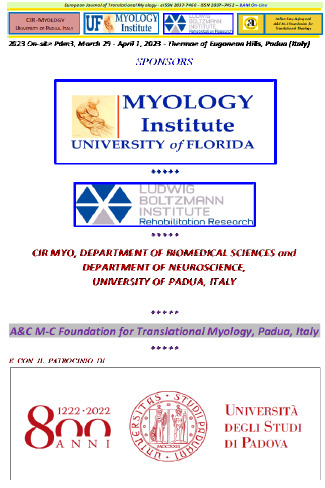
Sponsors of the 2023 Pdm3, March 29 – April 1, Padua and Thermae of Euganean Hills, Padua, Italy
We apologize to the readers for having decided to keep these speakers in the Program of the 2023 Pdm3.
Readers are invited to join the 2023 Pdm3, submitting Last Minute Abstracts to ugo.carraro@unipd.it up to March 15, 2023.
Furthermore, with the more generous deadline of May 20, 2023, Speakers are invited to submit a “Communication” to European Journal of Translational Myology (SCOPUS Cite Score Tracker 2023: 3.2 by January 5, 2023) and/or to 2023 Special Issue: “Pdm3” of the Journal Diagnostics, MDPI, Basel (I.F. near to 4.0) with deadline September 30, 2023. Both journals will provide discounts to the first accepted papers.
The Collection of Abstracts is here e-published in the European Journal of Translational Myology (EJTM), 33(1) 2023, together with the Program that ends late on Saturday April 1, 2023 with invitation to join the 2024 Pdm3, March 27 – 30 at the Thermae of Euganean Hills (Padua), Italy.
See you in the late afternoon of March 28, 2023 for an aperitive at the Hotel Petrarca of Montegrotto Terme Euganean Hills, Padua, Italy.
For a promo of the 2023 Pdm3 link to: https://www.youtube.com/watch?v=zC02D4uPWRg
We are sure that 2023 Pdm3 will be even more successful than the successful events of the last years.1-7
Acknowledgments
The authors thank Organizers, Chairs, Speakers, and Attendees for their scientific and personal financial contributions to the success of the Pdm3.
List of acronyms
- EJTM
European Journal of Translational Myology
- MDPI
Molecular Diversity Preservation International
- Pdm3
Padua Days on Muscle & Mobility Medicine
- PMD
Padua Muscle Days
Funding Statement
Funding: The 2023 Pdm3 are supported by the University of Florida Myology Institute and Wellstone Center, Gainesville, FL,USA and by Physiko- & Rheuma-therapie, Institute for Physical Medicine and Rehabilitation, St. Pölten, Austria, Centre of Active Ageing—Competence Centre for Health, Prevention and Active Ageing, St. Pölten, Austria and Ludwig Boltzmann Institute for Rehabilitation Research, St. Pölten, Austria. E-publishing is supported by the Armando & Carmela Mioni-Carraro Foundation for Translational Myology Padua, Italy, and the Institute of Biomedical and Neural Engineering, Reykjavik University, Reykjavik, Iceland.
Contributor Information
Marco V. Narici, Email: marco.narici@unipd.it.
Paolo Gargiulo, Email: paologar@landspitali.is.
Ugo Carraro, Email: ugo.carraro@unipd.it.
References
- 1.Zampieri S, Stecco C, Narici M, Masiero S, Carraro U. 2023. On-site Padua Days on Muscle and Mobiliy Medicine: Call for speakers. Eur J Transl Myol. 2022. Dec 13. doi: 10.4081/ejtm.2022.11071. Online ahead of print. PMID: 36511885 Free article. [DOI] [PMC free article] [PubMed] [Google Scholar]
- 2.Carraro U, Bittmann F, Ivanova E, Jónsson H Jr, Kern H, Leeuwenburgh C, Mayr W, Scalabrin M, Schaefer L, Smeriglio P, Zampieri S. Post-meeting report of the 2022 On-site Padua Days on Muscle and Mobility Medicine, March 30 - April 3, 2022, Padua, Italy. Eur J Transl Myol. 2022. Apr 13;32(2):10521. doi: 10.4081/ejtm.2022.10521. PMID: 35421919; PMCID: PMC9295170. [DOI] [PMC free article] [PubMed] [Google Scholar]
- 3.Sweeney HL, Masiero S, Carraro U. The 2022 On-site Padua Days on Muscle and Mobility Medicine hosts the University of Florida Institute of Myology and the Wellstone Center, March 30 - April 3, 2022 at the University of Padua and Thermae of Euganean Hills, Padua, Italy: The collection of abstracts. Eur J Transl Myol. 2022. Mar 10;32(1):10440. doi: 10.4081/ejtm.2022.10440. PMID: 35272451; PMCID: PMC8992680. [DOI] [PMC free article] [PubMed] [Google Scholar]
- 4.Carraro U, Yablonka-Reuveni Z. Translational research on Myology and Mobility Medicine: 2021 semi-virtual PDM3 from Thermae of Euganean Hills, May 26-29, 2021. Eur J Transl Myol. 2021. Mar 18;31(1):9743. doi: 10.4081/ejtm.2021.9743. PMID:33733717; PMCID: PMC8056169. [DOI] [PMC free article] [PubMed] [Google Scholar]
- 5.Carraro U. 30 Years of Translational Mobility Medicine: 2020 Padua Muscle Days go virtual from Euganean Hills, November 19th to 21st. Eur J Transl Myol. 2020. Nov 17;30(4):9437. doi: 10.4081/ejtm.2020.9437. PMID: 33520146; PMCID: PMC7844408 [DOI] [PMC free article] [PubMed] [Google Scholar]
- 6.Carraro U. Thirty years of translational research in Mobility Medicine: Collection of abstracts of the 2020 Padua Muscle Days. Eur J Transl Myol. 2020. Apr 1;30(1):8826. doi: 10.4081/ejtm.2019.8826. PMID: 32499887; PMCID: PMC7254447 [DOI] [PMC free article] [PubMed] [Google Scholar]
- 7.Carraro U. Thirty years of translational research in Mobility Medicine: Collection of Abstracts of the 2020 Padua Muscle Days. Eur J Transl Myol 2020;30:3-47. Doi: 10.4081/ejtm.2019.8826. [DOI] [PMC free article] [PubMed] [Google Scholar]



